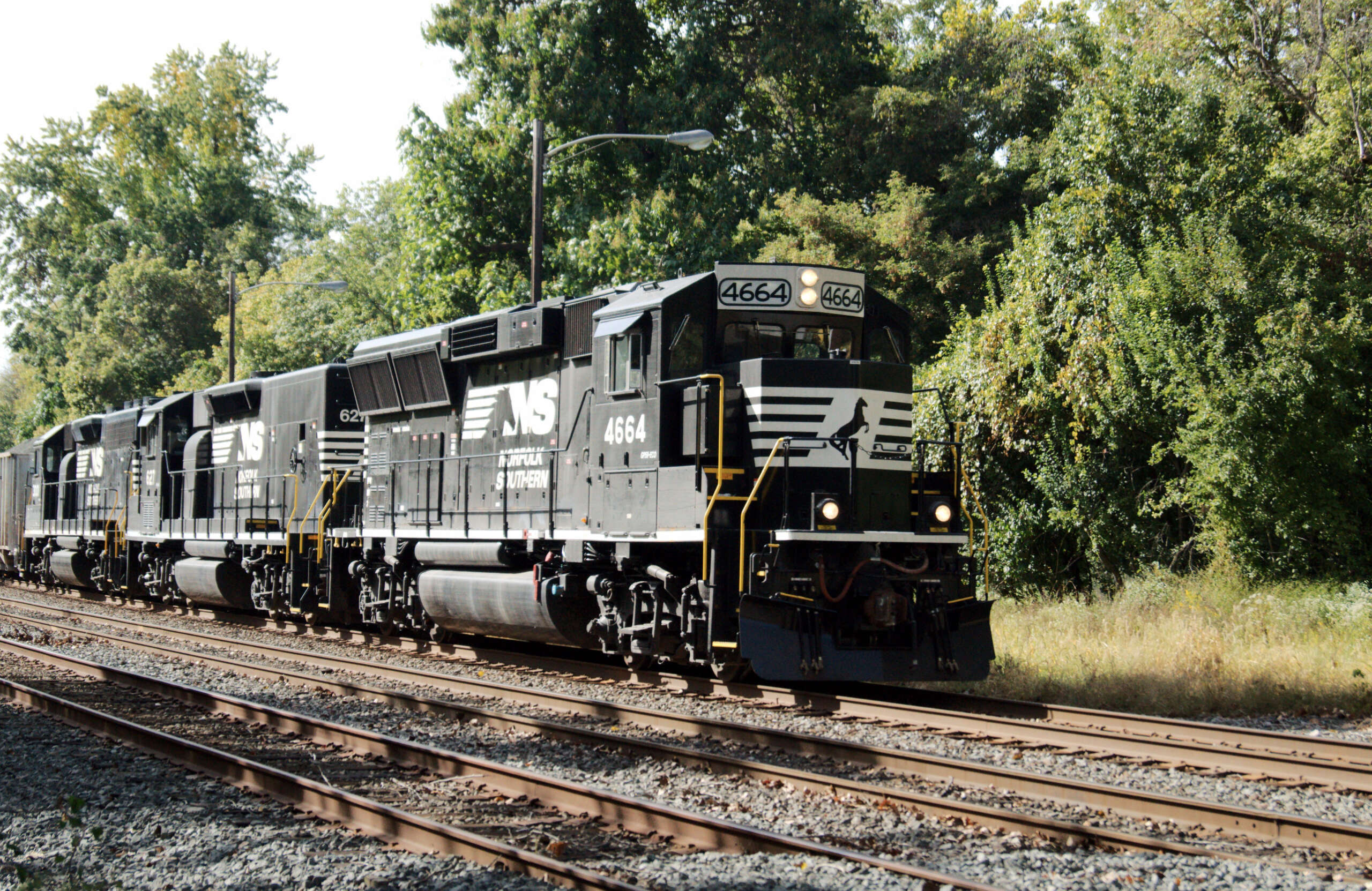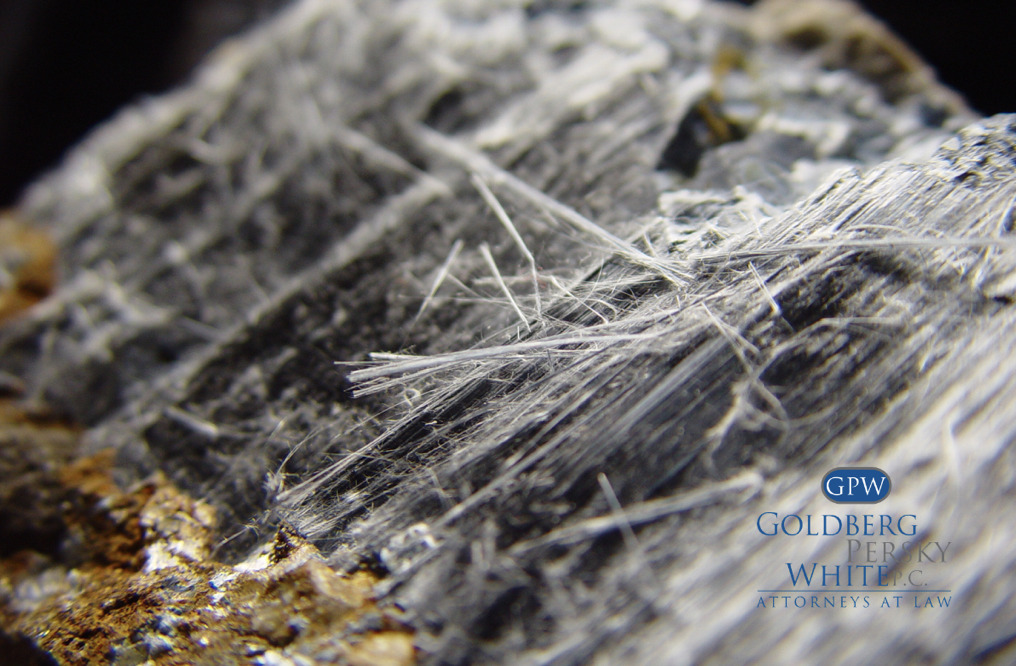Asbestos Litigation: What Took So Long?
Suspicions of asbestos fibers being tied to pulmonary problems date back thousands of years, when a first century Greek geographer mentioned a lung sickness in his slaves who worked weaving asbestos fibers into cloth. Centuries passed, and it wasn’t until 1906 that the first asbestos related death was officially documented. A post-mortem examination performed by a London physician revealed that the 33-year-old victim who had spent 14 years working in an asbestos mine had suffered from pulmonary fibrosis, and that his lungs were filled with asbestos fibers. It would then take another thirty years for asbestos lung diseases to be proven through autopsies and decades more after that for dangers to become well-known.
Why Was Nothing Done?
The unique and versatile physical properties of asbestos is arguably considered to be one of the many reasons that despite overwhelming evidence, the public was not made aware of the dangers of asbestos for many years. Asbestos absorbs sound, is heat resistant, and possesses a high tensile strength. The flexible fibers allow asbestos to be woven into fabrics and mixed into cement; creating material that was used for insulation, roofing, flooring, and drywall joint compound in many homes until the 1980s.
Asbestos was advertised as perfectly safe and because of its natural abundance, asbestos consumption was on the rise in the United States near the mid-20th century. Between 1937 and 1942 world production increased by 60%. Its widespread use not only affected homes, but certain occupations as well. Railroad workers, shipbuilders, factory workers, construction workers, and miners were exposed to asbestos daily either by working with the product directly, or through asbestos containing materials located on the job such as electrical panels, steam generators, boilers, steam pipes, gaskets, pipe covering, and much more.
The ancients were too much in awe of the characteristics of asbestos to take evidence of illnesses seriously and modern asbestos companies relied on the fact that asbestos-related illnesses typically occurred 20 or more years after exposure – well after a dedicated asbestos worker retires. This allowed for centuries of widespread use while knowledge about the carcinogen was quietly swept under the rug.
The Turning Point
The case of Borel v. Fibreboard Paper Products Corporation was a landmark court case that set the precedent for product liability and personal injury claims for asbestos workers and their families when claims were filed.
Clarence Borel, a union worker from Texas, filed a personal injury lawsuit against Fibreboard Paper Products Corporation, Johns-Manville Products Corporation, and nine other asbestos-insulation manufacturers after being diagnosed with asbestosis, and then mesothelioma. The basis of the claim was that asbestos manufacturers should be liable for their products, and because their products did not contain warning labels, the public was unaware of the potential dangers and health risks. This case was the first case to test the Doctrine of Strict Liability (Section 402A) with respect to asbestos materials. The Doctrine of Strict Liability holds product manufacturers responsible for being knowledgeable about their product to the degree of an expert. It also requires that the company manufacturer/employer to be responsible for staying up-to-date on scientific knowledge and mandates the issuance of warnings on hazardous products.
Clarence Borel did not live to see the outcome of his litigation, but the jury found that these companies did indeed violate the Doctrine of Strict Liability. This verdict set the stage for future asbestos lawsuits, because now asbestos workers could file suits against their employers and the product manufacturers simultaneously.
Goldberg, Persky & White. P.C., has been defending the rights of working men and women, and their families since these cases were first coming to trial in the 1970s. Our involvement from the beginning means we have a clear understanding of what is required to succeed in asbestos and mesotheliomalawsuits. Contact us today for a free case review.
Sources:
Robert Q. Keith and Robert J. Robertson, “Borel v. Fibreboard Paper Products Corporation,” Handbook of Texas Online (February 10, 2014). [Link]
Mesothelioma Help “Asbestos Timeline.” [Link]
Paul Brodeur, Outrageous Misconduct – the Asbestos Industry on Trial, p. 10-11 (1985).



